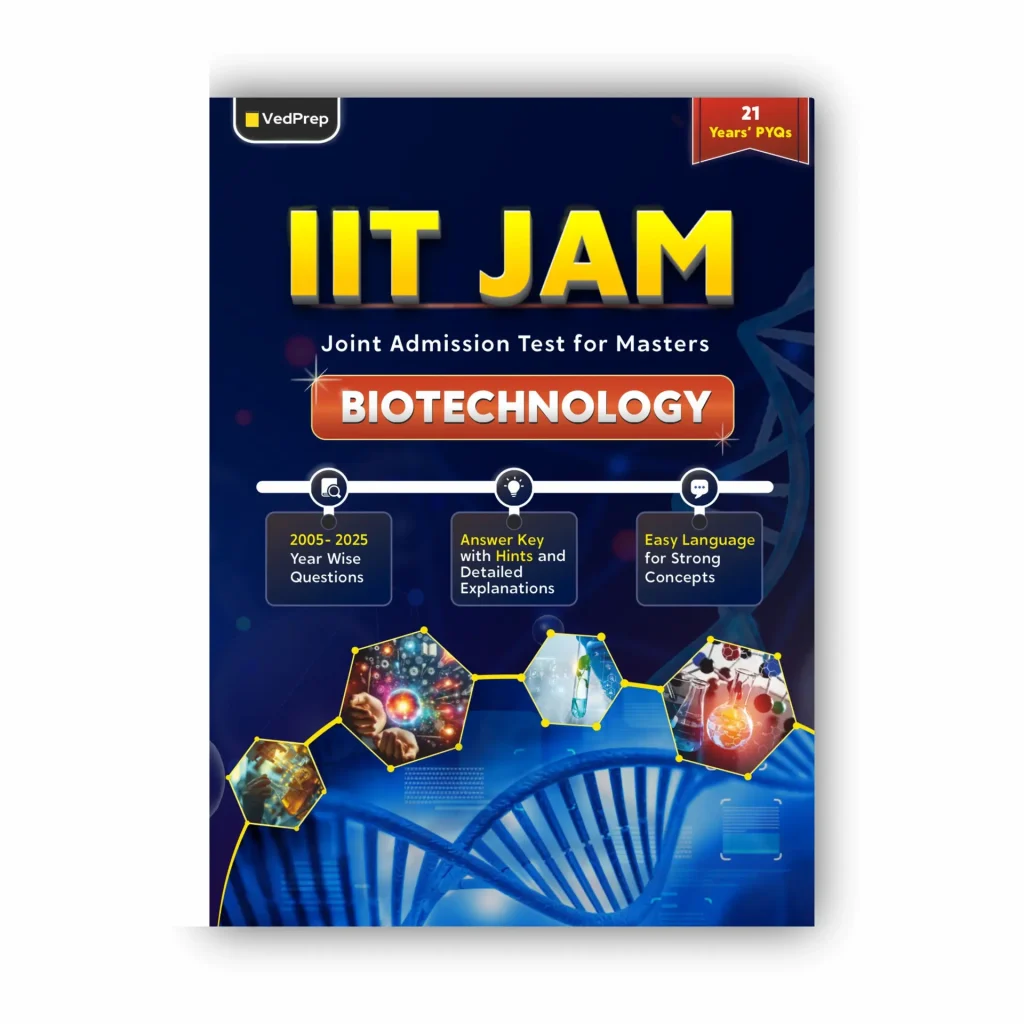GATE Marking Scheme 2026: Graduate Aptitude Test in Engineering(GATE Exam 2026) is one of the most prestigious Exams in India. GATE Exam offers admission to IITs, IISc, NITs, and other Engineering institutes for M.Tech and PhD programmes. Thousands of candidates appear in this Exam for higher study and PSU jobs. Candidates who aspire to appear in GATE Exam 2026 must be familiar with GATE Marking Scheme 2026 before starting their Preparation. GATE Marking Scheme 2026 is quite different and an interesting factor in understanding GATE Exam Pattern 2026. Interested candidates who are willing to apply for GATE Application Form 2026 can apply by 28 September 2025 to avoid paying a late Fee.
In this article, we will provide a detailed GATE Marking scheme 2026 for MCQs, MSqs and NAT types, negative marking in different question types, subject wise weightage, partial marking rules and tie breaker criteria that will help aspirants to boost their rank and preparation strategy.
GATE Marking Scheme 2026
GATE Marking scheme 2026 is different based on difficulty and type of questions. Some questions carry 1 mark while some carry 2 marks.
GATE Marking scheme 2026 is given in the table below
| GATE Marking scheme 2026 | |||
|---|---|---|---|
| Question Type | Marks per Question | Correct Options | Negative Marking |
| MCQs (Multiple Choice Questions) | 1 or 2 marks | Only one correct option | Yes,
|
| MSQs (Multiple Select Questions) | 1 or 2 marks | More than one correct option is possible | No |
| NAT (Numerical Answer Type) | 1 or 2 marks | Candidate must enter a numerical value | No |
Also read GATE Syllabus 2026
GATE Marking Scheme 2026 Negative Marking
GATE Marking Scheme 2026 negative marking is different for different questions. On selecting wrong option, candidates will lose some marks. It is introduced as Negative Marking. GATE Marking Scheme 2026 negative marking is different and varies in weightage of marks. GATE Exam applies no Negative marking on NATs and MSQs for all subjects.
GATE Marking Scheme 2026 negative marking is given in table below
| GATE Marking Scheme 2026 Negative Marking | ||
|---|---|---|
| Question Type | Marks per Question | Negative Marking |
| MCQs (1 mark) | +1 | –0.33 |
| MCQs (2 marks) | +2 | –0.66 |
| MSQs | +1 / +2 | None |
| NATs | +1 / +2 | None |
Weightage Of General Aptitude In GATE Marking Scheme 2026
Weightage of General Aptitude in GATE Marking Scheme 2026 will be high in comparison to any other topic and carry a total of 15 out of 100. General Aptitude contains 10 Questions, in which 5 questions carry 5 marks and the other 5 carry 10 marks.
Weightage of General Aptitude in GATE Marking Scheme 2026 is given in the table below
| Weightage of General Aptitude in GATE Marking Scheme 2026 | |||
|---|---|---|---|
| Section | Number of Questions | Marks per Question | Total Marks |
| General Aptitude (GA) – Part A | 5 | 1 mark each | 5 marks |
| General Aptitude (GA) – Part B | 5 | 2 marks each | 10 marks |
| Total GA Marks | 10 | — | 15 marks |
Also Read GATE PYQs
Section Wise Weightage in GATE MArking Scheme 2026
Section Wise weightage in GATE Marking Scheme 2026 based on General Aptitude, Engineering Mathematics, and Core Subjects in GATE Exam 2026 is given in the table below
| Section Wise Weightage in GATE Marking Scheme 2026 | |
|---|---|
| Paper Code | Marking Distribution |
| Distribution of marks in all papers except AR, CY, DA, EY, GG, MA, PH, ST, XH and XL |
|
| Distribution of marks in papers AR, CY, DA, EY, GG, MA, PH, ST, XH and XL |
|
Also read GATE Exam Preparation
Marks Per Question Breakdown in GATE Marking Scheme 2026
GATE Marking Scheme 2026 depends on the weightage of questions, Moderate to difficult. Marks Per Question Breakdown in GATE Exam 2026 is mainly categorised into two sections.
Marks per question Breakdown in GATE Exam 2026 is given below
- 1-mark Questions: Easier, basic-level conceptual questions.
- 2-mark Questions: Moderate to high difficulty, often requiring problem-solving.
Rules For Partial Marking in GATE Marking Scheme 2026
GATE Marking Scheme 2026 does not allow Partial marking. Simply, there are no rules for Partial marking in GATE Marking Scheme 2026.
Some critical conditions and their applicability to rules for partial marking in GATE Marking Scheme 2026 are given below
- MCQs: No partial marking – only full marks for correct answers.
- NATs: No partial marking – either correct or wrong.
- MSQs: Generally, no partial marking. However, if explicitly mentioned in instructions (for certain experimental papers), partial credit may be given.
Tie Breaker Rules in GATE Marking Scheme 2026
In some cases, when two or more candidates score the same marks in GATE Exam 2026. GATE officials have introduced Tie Breaker rules in GATE marking Scheme 2026 to clear rank of candidates without partiality. Tie Breaker rules in GATE Exam 2026 contain some conditions and priority rules to avoid discrimination.
Tie Breaker Rules in GATE Marking Scheme 2026 are given below
- Priority is given to candidates with higher marks in the Core Subject section.
- If still tied, candidates with higher scores in General Aptitude are given preference.
- If the tie remains, both candidates are awarded the same rank.
Ace your GATE Preparation, Join Ved Prep Online Programmes. Ved Prep provides courses, study materials, test series and more.
| Related Articles | ||
| GATE Exam DATE 2026 | GATE Exam Pattern | GATE Application Form 2026 |
| GATE Toppers 2025 | GATE Admit Card 2026 | GATE Previous Year Question Papers |
GATE Marking Scheme 2026 FAQs
How many types of questions will be asked in GATE Exam 2026?
Three types of questions will be asked in GATE Exam 2026, like MCQs, MSQs, and NATs.
What will be the weightage of general aptitudes in GATE Exam 2026?
General aptitude holds 15% of weightage of marks in GATE Exam 2026.
Is negative marking applied to all types of questions in GATE Marking Scheme 2026?
No, negative marking will be applied only to MCQs, while MSQs and NATs have no negative marking.
Is there any rule for Tie marks in GATE Exam 2026?
In case two or more candidates hold equal marks, the rank will be decided on Tie Breaker Marking rules introduced by GATE Officials.
Is there any rule for Partial marking in GATE Exam 2026?
No, there is no such rule for partial marking in normal conditions. Awarding marks will be the same for all candidates. If needed, officials can add and will be awarded to the needy candidates.














